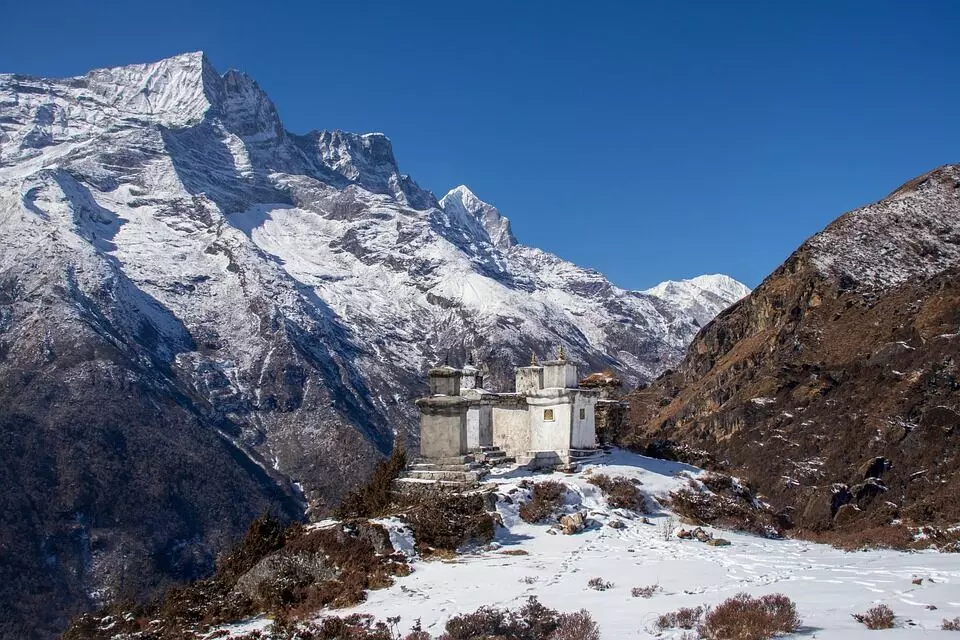Melting Himalayan glaciers can lead to extreme weather in India: Prof Nayan Sharma
The north bank tributaries of the Brahmaputra are also glacier-fed rivers and these would face the same fate if the glaciers recede fast.

Himalayan glaciers are melting fast and Gangotri, the source of the river Ganges, is receding by 10 to 20 meters per year due to the melting of ice.
Representational Image
Guwahati, Nov 18: The fast melting of the Himalayan glaciers due to climate change can lead to dangerous consequences in the days to come. India can have more extreme weather days, warned internationally acclaimed river expert Prof Nayan Sharma.
Talking to The Assam Tribune, Prof Sharma, who was a Professor at the Indian Institute of Technology (IIT), Roorkee, said that due to the melting of the glaciers, extreme flood days and extreme dry periods may increase. At the same time, there is a possibility of increasing urban flooding.
Prof Sharma pointed out that the Himalayan glaciers are melting fast and Gangotri, the source of the river Ganges, is receding by 10 to 20 meters per year due to the melting of ice.
He said that a similar situation must have been taking place in the source of the river Brahmaputra but "we do not have exact data regarding that as the area falls inside China.". He said that initially, due to the melting of ice in the glaciers, water discharge in the rivers can increase leading to high floods. But as the glaciers decrease further, water flow in the rivers would come down.
Replying to a question whether the Brahmaputra will face the same fate as the river is also fed by a number of tributaries, Prof Sharma pointed out that most of the north bank tributaries of the Brahmaputra are also glacier-fed rivers and these would face the same fate if the glaciers recede fast.
The base flow of the Brahmaputra is around 4,000 to 5,000 cubic metres per second but that may decrease in the days to come due to melting of the glaciers. According to the prediction of the scientists, the sub-Himalayan region of India may face extreme weather conditions like excessive. floods or drought. The number of high-intensity
rainfall days will increase and that will result in floods. Prof Sharma said that as the vegetation decreases, most of the rainwater would flow directly to the rivers, carrying the upper soil and that would reduce the water-carrying capacity of the rivers. The problem of erosion is also likely to increase at the time when the water level in the rivers recedes.
By-
R Dutta Choudhury

